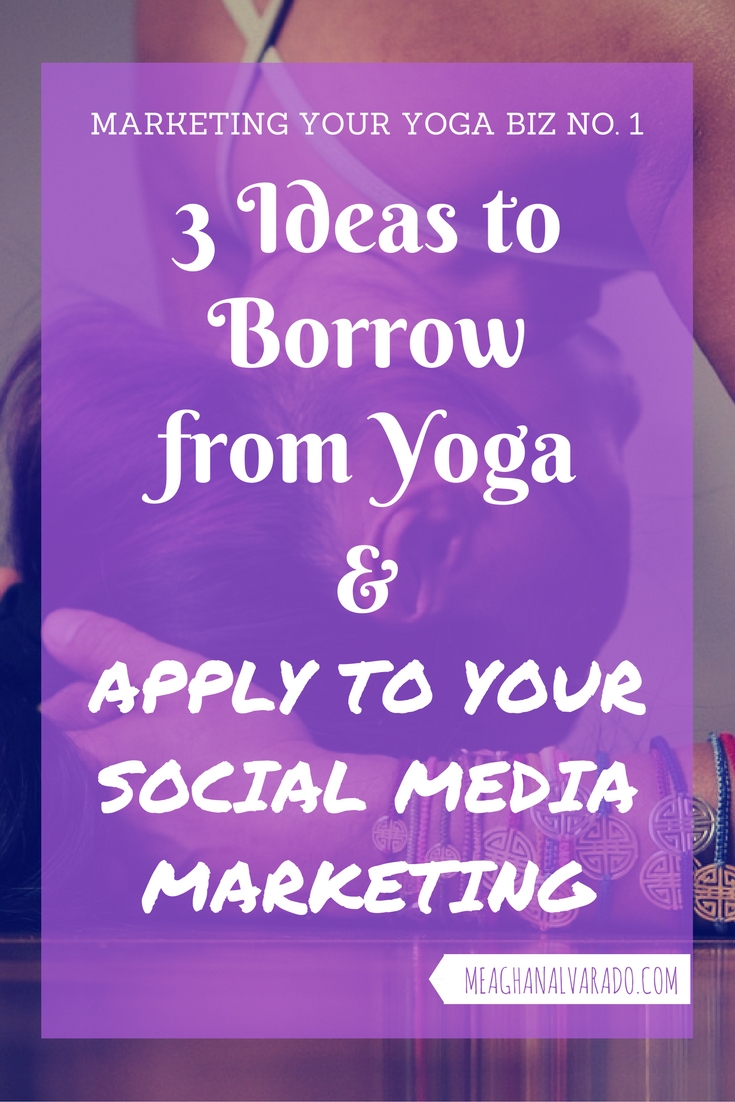5 Ways to Market Your Local, Small Business on a Budget
The idea of marketing is a daunting task to many. Something you may have little time for, and even less of a budget. But it doesn’t have to take endless hours, and you don’t need thousands of dollars to build the online presence for your local, small business. The suggestions below require a small time investment, but little to no monetary expense.
1. Create a Website
According to Inc. Magazine, 60% of small businesses with 1-5 employees don’t have an online presence. Don’t let that statistic include you! If you have a Facebook page for your yoga business, great. But that’s not enough. Facebook goes down sometimes, and there are a number of adults who chose to veer clear of social media.
Creating a website for your business will cost money, but it will also help new clients to discover you and is worth the investment.
2. Publish Blog Posts
Consistently posting to a blog can assist in increasing your page rank on search engines and it humanizes your brand. Each time you publish a piece of content, Google comes back to index your website.
Using your blog to communicate discounts with customers is one thing, telling your brand’s story is another. Publishing regular blog posts will encourage your audience to visit your site giving you another opportunity to connect with them and take one step closer to converting them into a client.
As a private yoga teacher, you could break down the anatomy of asanas in a weekly column, post recipes related to Ayurvedic spices, or discuss the metaphysical benefits of energy healing. You should post about whatever it is that differentiates you from other yoga teachers. What else do you know that many yogis have an interest in?
Take a similar approach to your industry by answering your buyers’ questions and sharing content that will interest them.
3. Host a Twitter Chat
Conducting a Twitter chat can be a very productive way of marketing your business and reaching a new audience. Involving a partner or an influencer from your industry with a substantial Twitter following is even better. Here’s a 6-step plan to launching your first Twitter chat.
- Find a partner/influencer in your industry.
- Decide on a topic that you can conduct your Twitter chat around and create an event-specific hashtag. Be creative and try to make it on the brief so it doesn’t take up many characters when people respond.
- Promote your Twitter Chat! Start early on this and include any involved parties requesting that they join in sharing the event.
{This handy infographic on using Canva to create images will come in handy here.} - Generate five questions you can ask attendees.
- Provide the questions to the involved parties before the Twitter chat so they can prepare their responses in advance. Doing so will allow them to interact with other attendees more because they won’t have to spend time crunching their responses down to 140 characters.
- Launch your Twitter chat at the scheduled time and be sure to engage with attendees.
4. Guest Post
Writing for other businesses’ sites will allow you to reach a new audience. Search out companies that attract similar clients, but are not competitive with your business. When pitching an idea on your proposed post consider the problems that your products or services address.
An insurance company could look for local organizations to partner with on a guest post. Do your research and approach non-competitive, industry-related businesses. You can even offer a trade, where they guest post to your site too.
5. Video
Live video is an inexpensive way to get your face in front of customers. It doesn’t require much to air a video. Decide on the platform you’d like to use (Facebook, Twitter, Instagram, etc.), come up with a topic and maybe a general outline of what you’ll say, and go live! People don’t expect videos that were published in real time to be edited.
Here are five ideas of videos you can create at your business:
- Offer a behind the scenes look at the production.
- Show the product in use.
- Answer FAQ’s.
- Interview a customer on their experience.
- Interview an employee about their job.
Sharing videos is a great way to get yourself and your brand in front of customers, invite shares, and create an awareness of your brand.
There are a number of other budget-friendly marketing strategies you can employ as a small business. I hope that the ideas listed above provide some guidance and initiate the next step in your social selling efforts.
Are you ready to start marketing your small business but aren’t sure where to start? Contact me and let’s build a strategy to generate more sales for your company!





